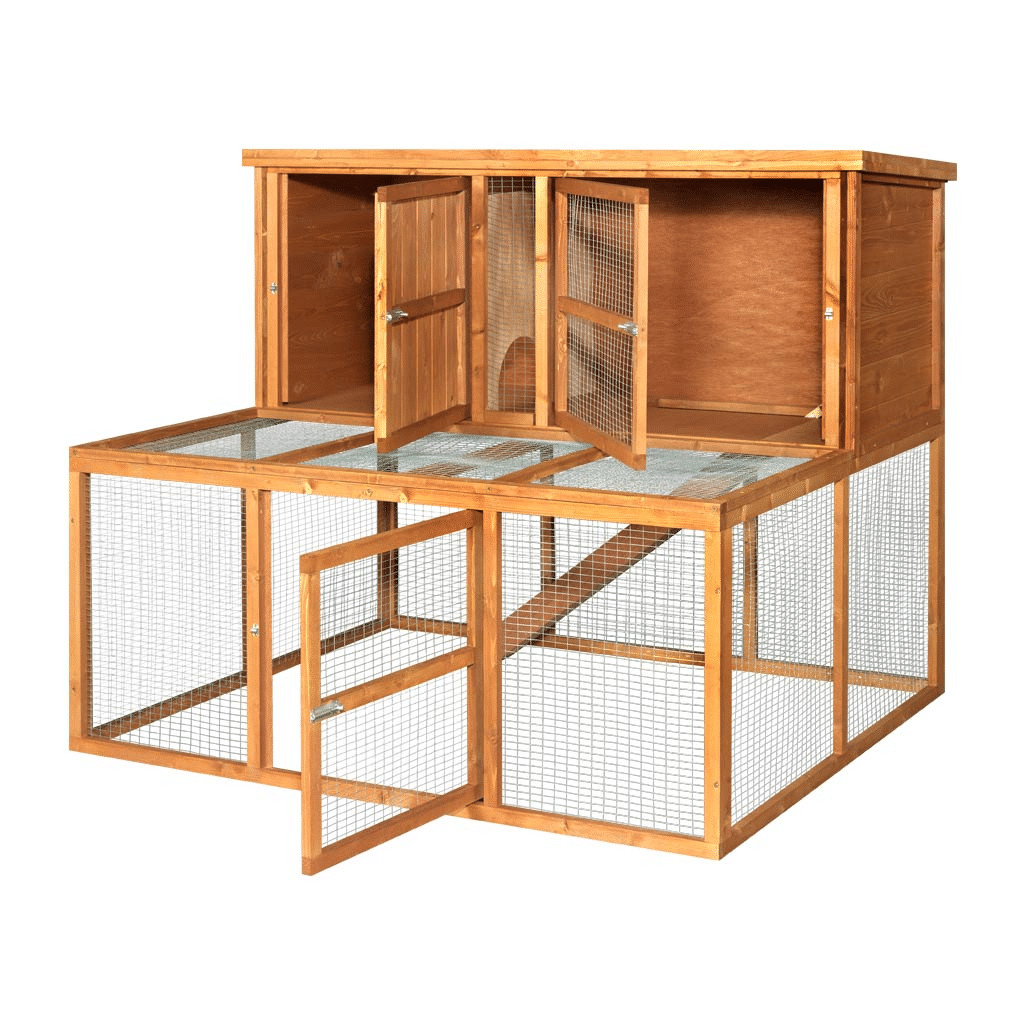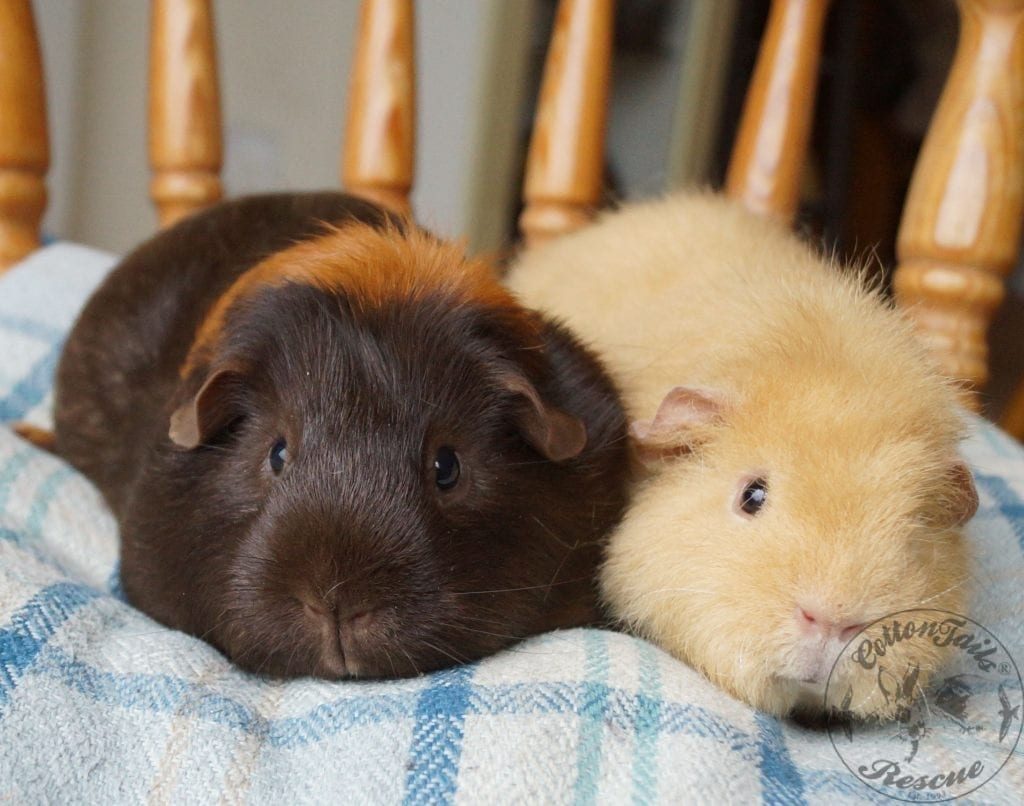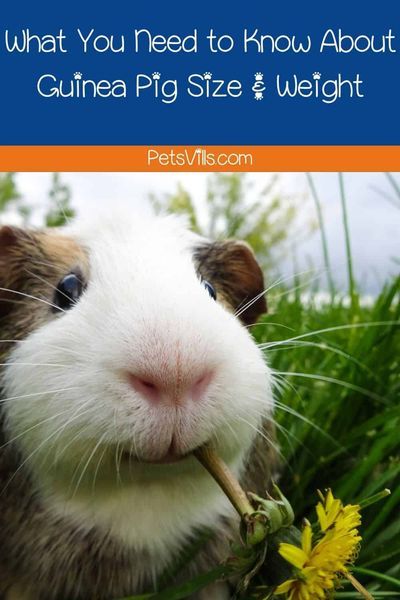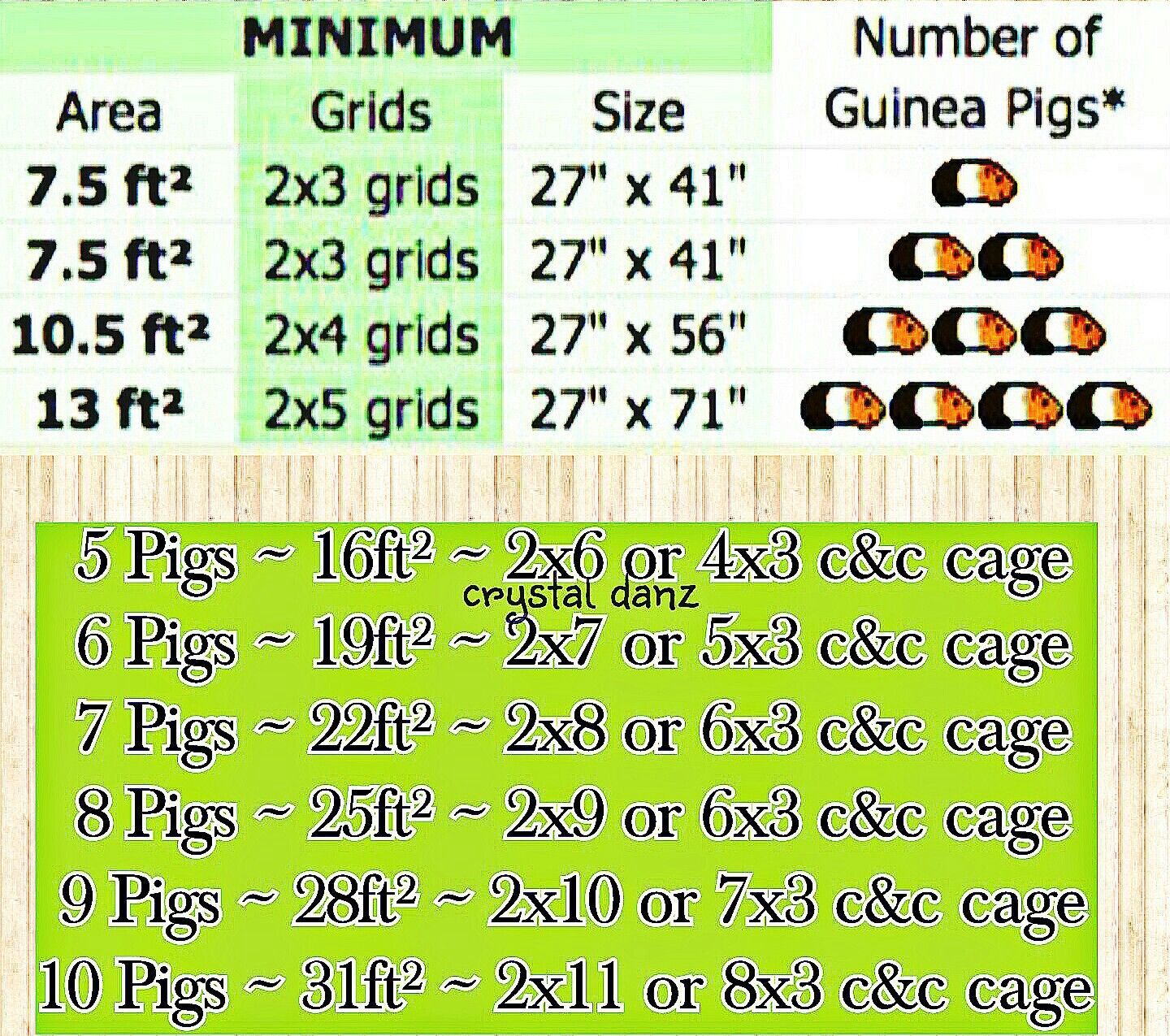Guinea pigs, also known as cavies, are beloved pets known for their adorable appearance and social nature. These small rodents are popular among both children and adults, making them a common household pet. However, while many people may picture the classic, medium-sized guinea pig, there is actually a surprising variety of sizes within this species.
From the tiny and delicate to the larger and more robust, each guinea pig size has its own unique characteristics and care considerations. In this article, we will delve into the fascinating world of guinea pig size, exploring the factors that influence their growth, the different breeds and their size variations, and the importance of choosing the right size for your lifestyle. So let’s dive in and discover more about these adorable and diverse creatures.
>> READ MORE:
- Are Guinea Pigs the Right Pet for You?
- Can Guinea Pigs Live Alone?
- The Wild Life of the Guinea Pig Beyond the Cage
- Popular Guinea Pig Breeds A Comprehensive Guide
Contents
Factors Influencing Guinea Pig Size

As with any animal, there are several factors that can influence the size of a guinea pig. These include genetics, nutrition, health, age, and sex. Let’s take a closer look at each of these factors and how they impact the size of our furry friends.
Genetics
Just like humans, the size of a guinea pig is partly determined by genetics. Some breeds are naturally larger than others, while some have been selectively bred for specific traits, such as a larger size. For example, the American and Abyssinian breeds are known for their smaller size, while the Peruvian and Silkie breeds are known for being much larger.
However, it’s important to note that even within the same breed, there can be variations in size due to genetics. This is because not all guinea pigs inherit the same genes from their parents. Therefore, even if you have two guinea pigs of the same breed, they may still have different sizes.
Nutrition
Another crucial factor in determining the size of a guinea pig is nutrition. A balanced diet with high-quality hay, fresh vegetables, and a limited amount of pellets is essential for healthy growth. These small animals have high nutrient requirements, especially when they are young and growing.
A lack of proper nutrition can cause stunted growth or even lead to health issues. It’s important to provide your guinea pig with a varied diet that meets their nutritional needs to ensure they reach their full potential size.
Health
A healthy guinea pig will generally reach its full potential size. However, chronic health issues or nutritional deficiencies can hinder their growth. For example, dental problems can make it difficult for a guinea pig to eat, resulting in weight loss and slowed growth. Injuries or infections can also affect their appetite and ability to gain weight, thus impacting their overall size.
It’s important to regularly monitor your guinea pig’s health and address any issues promptly to ensure they are growing and developing properly.
Age
Guinea pigs reach their full size within the first six months of life. After this period, their growth plateaus, and they may even start to gain weight. This is why it’s crucial to provide proper nutrition during their early stages of life to support healthy growth. Once they reach adulthood, it’s important to maintain a stable weight to ensure they stay healthy and happy.
Sex
Male guinea pigs tend to be slightly larger than females, although this difference is often minor. However, there are exceptions, such as the Peruvian breed, where males can grow significantly larger than females. Other factors, such as genetics and nutrition, can also play a role in determining the size difference between male and female guinea pigs.
Understanding the Growth Stages of Guinea Pigs

Now that we’ve explored the factors that influence guinea pig size, let’s take a closer look at the different growth stages of these furry creatures.
Birth to Six Weeks
At birth, guinea pigs are incredibly tiny, weighing only about 100 grams or less. They are completely dependent on their mother for nutrition and care during this stage. They will double in size within the first week of life and continue to grow rapidly in their first six weeks.
During this time, it’s essential to provide the mother with a nutritious diet to support her milk production and ensure the healthy growth of her babies. It’s also important to monitor the litter closely and intervene if necessary to ensure all the babies are getting enough food and are growing at a similar rate.
Six Weeks to Three Months
This stage marks the beginning of weaning, where the guinea pigs start to eat solid food in addition to their mother’s milk. During this time, they will continue to grow and gain weight, reaching their full size by three months of age.
It’s crucial to provide a balanced diet during this stage to support their growth and development. Pellets should be limited to avoid overfeeding, and a variety of fresh vegetables and high-quality hay should be provided to meet their nutritional needs.
Three Months to Six Months
From three to six months, guinea pigs will continue to grow, but the rate slows down compared to their first three months. At this stage, they are considered juveniles and are almost fully grown. It’s essential to maintain a healthy diet and monitor their weight to ensure they are not becoming overweight.
Six Months and Beyond
After six months of age, guinea pigs reach their full potential size, and their growth plateaus. However, it’s still important to monitor their weight and provide proper nutrition to maintain their health. Older guinea pigs may even start to gain weight due to a slower metabolism and decreased activity level, so it’s essential to adjust their diet accordingly.
Tips for Maintaining a Healthy Size in Guinea Pigs

Ensuring your guinea pig maintains a healthy size is crucial for their overall health and wellbeing. Here are some tips to help you maintain a healthy size in your furry friend:
- Provide a balanced diet with high-quality hay, fresh vegetables, and limited pellets.
- Monitor their weight regularly using a kitchen scale or a special guinea pig scale.
- Limit the number of treats given and opt for healthier options such as fresh fruits and vegetables.
- Encourage exercise by providing a spacious cage and daily playtime outside of the cage.
- Consider having two or more guinea pigs together, as they can keep each other active and provide mental stimulation.
Selecting the Right Cage Size for Your Guinea Pig

Aside from providing proper nutrition and monitoring their weight, another essential aspect of maintaining a healthy size in guinea pigs is providing them with adequate living space. A cramped or small cage can lead to weight gain and various health issues, making it crucial to choose the right cage size for your guinea pig.
The general rule of thumb is that one guinea pig needs at least 7.5 square feet of space, with an additional 2 square feet for each additional pig. However, this is just the minimum requirement, and it’s always better to provide more space if possible. This will allow your guinea pig to move around, exercise, and maintain a healthy weight.
Aside from the floor space, it’s also essential to consider the height of the cage. Guinea pigs love to explore and climb, so a tall cage with multiple levels can provide both physical and mental stimulation for your pet.
Common Misconceptions About Guinea Pig Size

Despite being popular pets, there are still some misconceptions about guinea pigs and their size. Let’s take a look at some of the most common ones:
Smaller cages are suitable for guinea pigs
As mentioned earlier, guinea pigs need ample space to move around and exercise. Choosing a small cage can lead to boredom, weight gain, and even aggression. It’s important to choose a cage that is appropriate for their size and provides enough room for them to explore and play.
Guinea pigs are low maintenance pets
While they may be smaller than other pets, guinea pigs still require proper care and attention. This includes providing a balanced diet, monitoring their weight, and ensuring they have enough space to live comfortably. Neglecting these aspects can lead to health issues and affect their size and overall wellbeing.
All guinea pigs grow to be the same size
As we’ve discussed, there are several factors that can influence the size of a guinea pig, including genetics, nutrition, and health. Therefore, not all guinea pigs will grow to be the same size, even if they are the same breed. It’s essential to understand and accept these differences and provide appropriate care for each individual guinea pig.
Monitoring and Managing Weight in Guinea Pigs
As with any pet, it’s crucial to monitor your guinea pig’s weight and make adjustments as necessary to maintain a healthy size. Here are some tips to help you manage your guinea pig’s weight:
- Use a kitchen scale or a special guinea pig scale to monitor their weight regularly.
- If you notice sudden weight loss or gain, consult a veterinarian to rule out any health issues.
- Limit the number of treats given and opt for healthier options such as fresh fruits and vegetables.
- Provide ample opportunities for exercise, both inside and outside of their cage.
Conclusion
In conclusion, guinea pigs come in a variety of sizes, from tiny to tremendous. Their size is influenced by factors such as genetics, nutrition, health, age, and sex. It’s essential to understand these factors and provide proper care to ensure your guinea pig reaches its full potential size and stays healthy and happy.
Choosing the right cage size, monitoring their weight, and providing a balanced diet are all crucial aspects of maintaining a healthy size in guinea pigs. By understanding and meeting their unique needs, you can ensure your furry friend lives a long and happy life.
